Northern Lapwing is an elegant bird. Highly migratory, this species is common throughout temperate regions of Eurasia. Also known as the peewit or pewit (imitative of its cry), green plover (emphasising the colour of the plumage) or (in the British Isles) just lapwing (which refers to its peculiar, erratic way of flying), is a bird in the plover family.
Over the years, it has come to be known as highly migratory over most of its extensive range, wintering further south as far as north Africa, northern India, Pakistan, and parts of China. It migrates mainly by day, often in large flocks. Lowland breeders in western most areas of Europe are resident. It occasionally is a vagrant to North America, especially after storms, as in the Canadian sightings after storms in December 1927 and in January 1966
Adult male in breeding plumage has glossy green upper parts, including wing coverts and tertials. Scapulars show purple sheen. Primary flight feathers are buffy-white tipped. Rump is chestnut. Upper tail is white with broad sub terminal black band and narrow white terminal line. Outer rectrices are entirely white.
Underparts are white, except for black chin, throat and breast. Under tail coverts are chestnut. Under wing coverts are white, except for median and greater primary coverts which are black, as the flight feathers. Wings are long and broad.
DIET:
Northern lapwing feeds on invertebrates such as earth worms and insects. It also consumes beetles (larvae and adults), ants, flies, moths, crickets, and also spiders and snails. They usually feed in cultivated areas and both during day and night.
PROTECTION/THREATS/STATUS:
Northern Lapwing suffered past declines due to changes in the habitat such as wetland drainage. Today, intensification and changes in agricultural practices involve reduced breeding productivity.
The oil pollution threatens several stopovers habitats on the Baltic Sea coast line.
The nests suffer predation by introduced mammals and raptors. Hunting and egg collecting also play an important role in these declines.
However, populations are not threatened at this moment. Despite the fact that the population trend appears to be decreasing, the decline is not believed to be sufficiently rapid to approach the thresholds for Vulnerable under trend criterion (>30% decline over ten years or three generations). The population size is extremely large, and hence does not approach the thresholds for vulnerable under the population size criterion (<10,000 mature individuals with a continuing decline estimated to be >10% in ten years or three generations, or with a specified population structure). For these reasons the species is evaluated as Least Concern.
REPRODUCTION:
Northern Lapwing is monogamous for one season, and may be polygamous sometimes. The laying occurs from late March to early June. Very territorial, this species is usually solitary nester.
The nest is situated in short grassy area. It is a shallow scrape lined with vegetation such as grass stems and leaves.
Female lays 4 brown eggs with black markings. Incubation by both parents lasts about 21 to 28 days, and starts when the last egg is laid.
Chicks are covered in pale brown down streaked and blotched black, and have white nape.
Female broods them but they are fed and tended by both adults.
Young reach the sexual maturity at one year.
DISTRIBUTION
The Lapwing can be found in a number of locations including: Africa, Asia, China, Europe, Mediterranean, Russia, United Kingdom, Wales, Ynys-hir nature reserve. Find out more about these places and what else lives there.
***
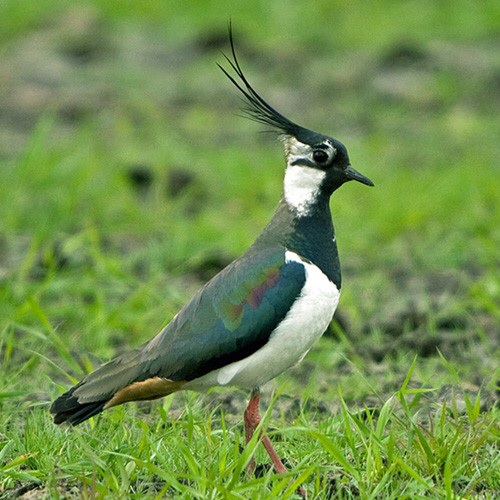
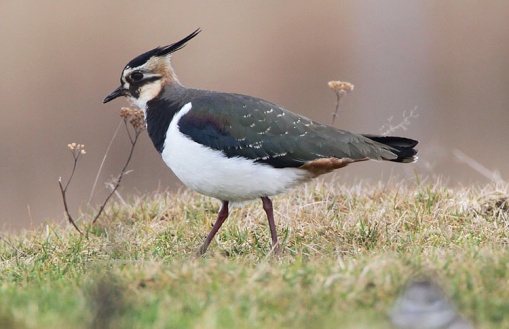
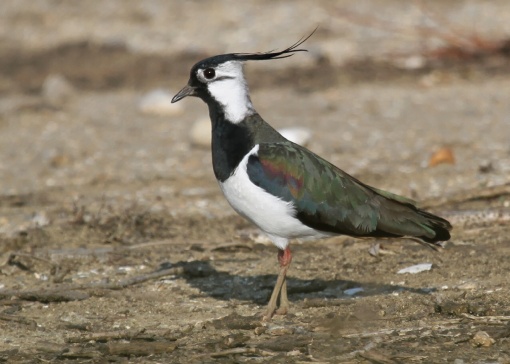
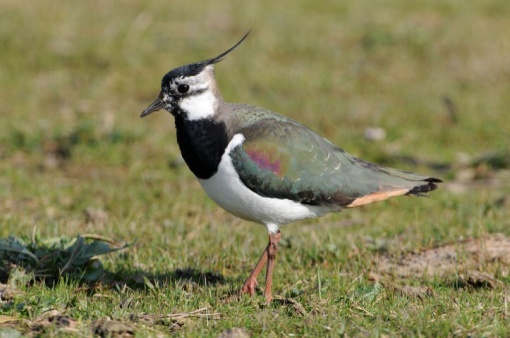
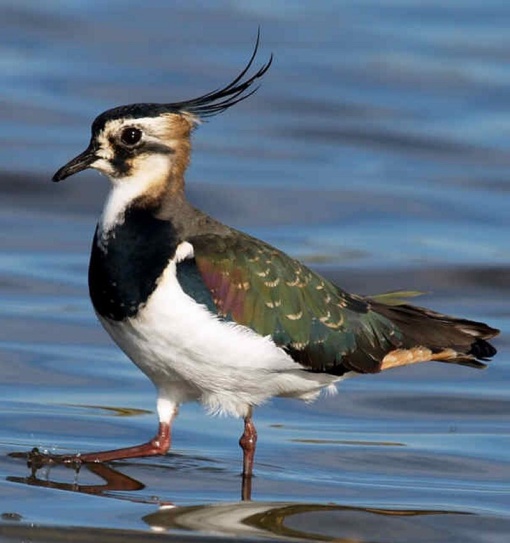
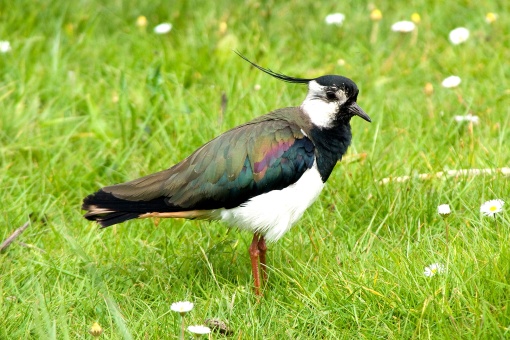
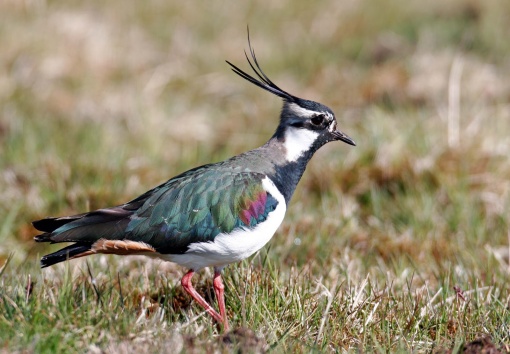
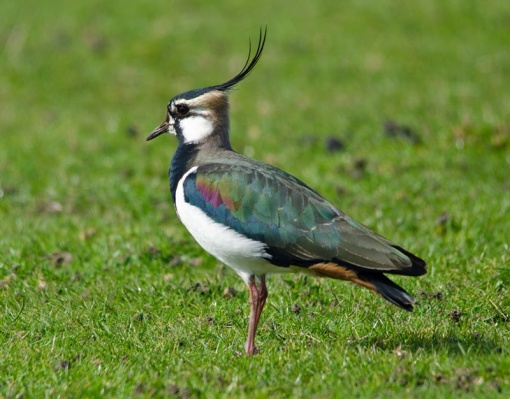
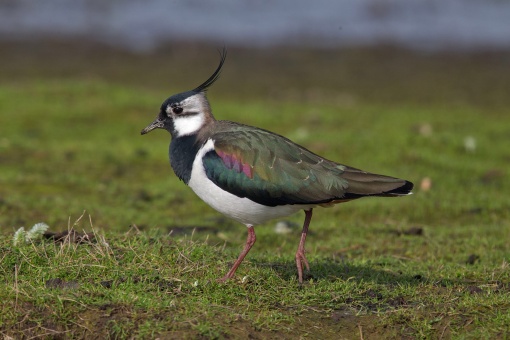
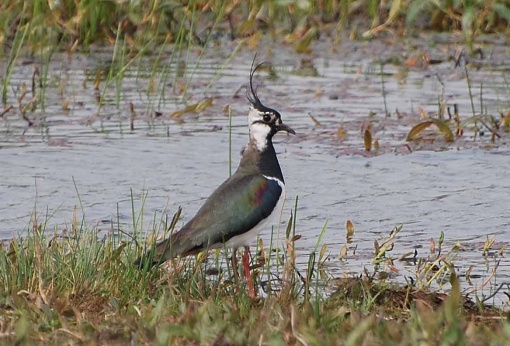
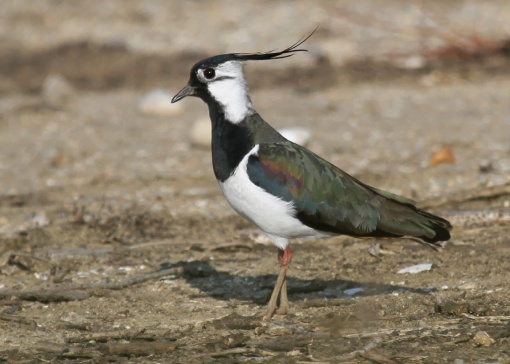
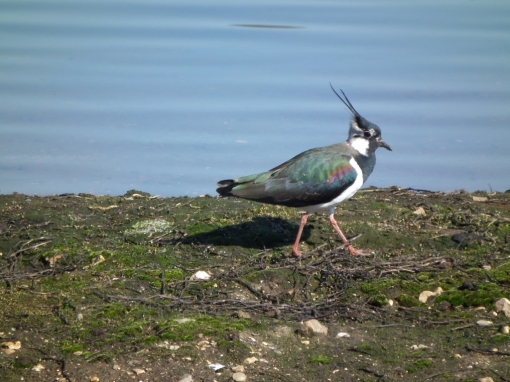
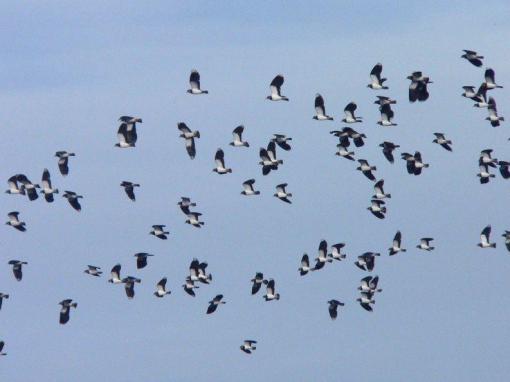
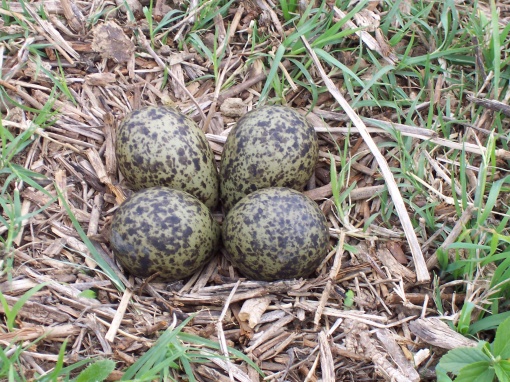
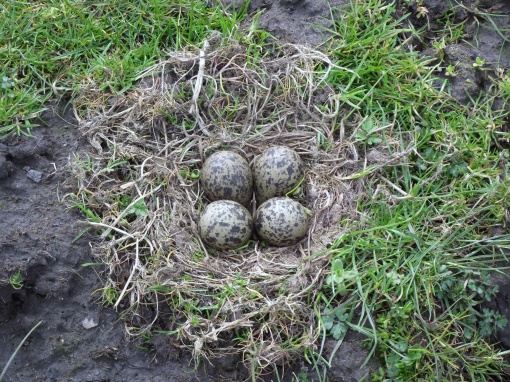
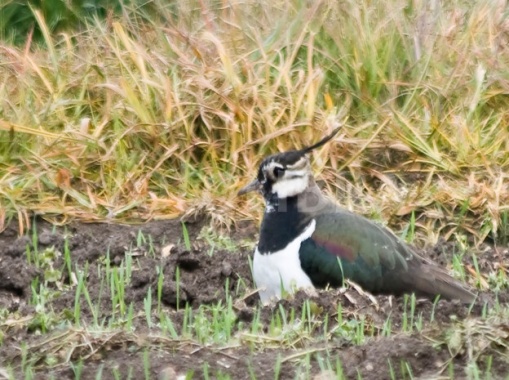
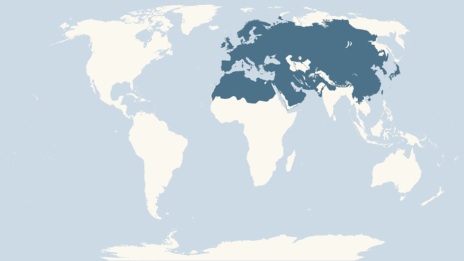

I wish they lived in America so we could name a football team after them.
LikeLiked by 1 person
You are correct. These are cool birds 🙂
LikeLike